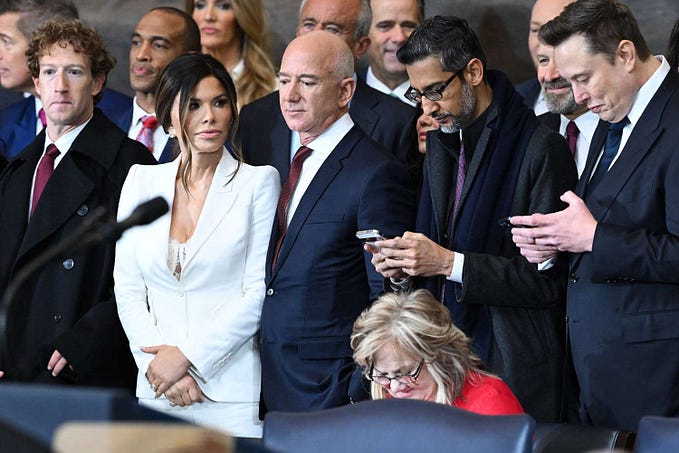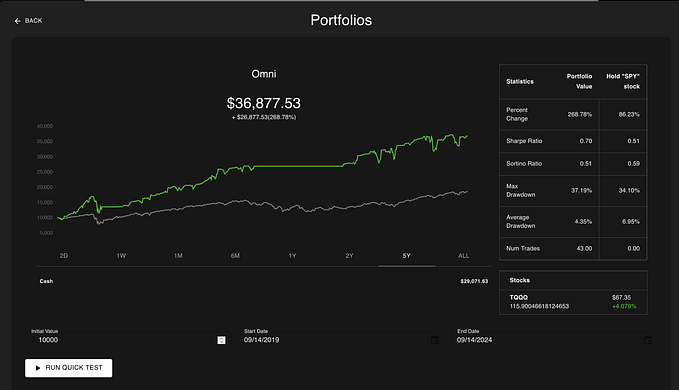Stagflation for Dummies: Inflation vs Exflation
Today, ‘Stagflation’ represents the greatest single risk there is to the global economy; far greater than the anachronistic war currently raging within the State of Ukraine. However, the problem with Stagflation is not that it is poorly defined or poorly understood, but paradoxically, that ‘Inflation’ is both poorly defined and poorly understood. If you don’t understand ‘Inflation’, then ‘Stagflation’ becomes a given; something that will eventually happen, but for which reasons you cannot begin to explain.
Inflation is almost always defined as: “A general increase in prices and fall in the purchasing value of money” (Lexico.com Oxford English). The reason for the “general increase in prices” is typically considered irrelevant; they just happen, and we should label the result as ‘Inflation’ and immediately raise interest rates: ‘problem solved’. In reality, any self-respecting economist should dig a little deeper. The source of any “general increase in prices” does actually matter.
The reason the entire World is currently staring down the barrel of a Depression-scale contraction in the global economy, is not because of the war in Ukraine and the consequent rise in energy prices, but instead because our definition of ‘Inflation’ (which “dates from the mid 19th century”) hasn’t evolved in over 100 years: since the advent of Globalisation. Should we wish to stave-off the spectre of ‘Stagflation’ that currently hangs over us all, then we need to think a little harder and accept that our centuries-old definition of ‘Inflation’ is fatally flawed.
The source of Inflation not only matters: it is the key to everything. To demonstrate the point, I have prepared a Table that goes far beyond current economic ‘thought’, by adding some essential dimensions:

What most “economists” around the World will respond as a result of rising energy prices, is that governments should — ipso facto — “raise interest rates”: because that’s what’s been parroted by economists for a century. The reality is in fact the exact opposite. If prices are rising because of Ex-ternal factors having nothing to do with the speed of the domestic economy, then interest rates actually need to be cut: those price rises are in fact Ex-flationary, NOT In-flationary. Consumers suddenly have less to spend as a result of the “fall in the purchasing value of money”, and so will obviously spend less. As such, Ex-flationary price hikes represent a loss of domestic spending power, and what ought to be understood by now as a brake on domestic economic activity: ‘Exflation’ actually represents a ‘Deflationary pressure’.
If externally-triggered price rises are expected to persist over the long-term, then it is in reality not even enough to reduce interest rates: the loss of domestic spending power will already trigger a significant downturn in domestic spending (in ‘Inflationary pressures’). Instead, Government Spending Projects are required in an effort to at least maintain historic domestic spending patterns.
Today, the World is walking blindly into its first Depression in 100 years, and this is no coincidence given that the “economists” we pay so dearly have barely evolved in 100 years. If they can’t master ‘Inflation’ after more than a century, then ‘Stagflation’ becomes a given: they need to add ‘Exflation’ to their textbooks.








